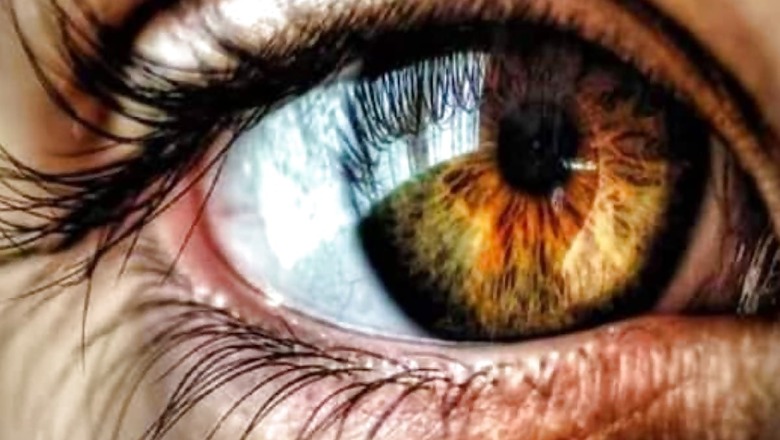
views
Double vision, also known as diplopia, refers to seeing two images of a single object. All the parts of your eye, from the pupil to the optic nerve, work together to help you see. The process involved is complex and extremely critical; any problem with any of the parts can hamper the process of image formation leading to problems such as double vision.
Double vision can be vertical, horizontal or a combination of both, depending on which direction the second image is displayed in. It is usually a symptom of an underlying condition and can be treated after identifying the cause. Following are some possible causes of double vision:
1. Defect in the eye muscles
There are six muscles in the eye socket that control eye movements. They help move the eyeball up, down and rotate. Conditions that weaken or paralyse these ocular muscles can lead to double vision.
Conditions like strabismus (cross eyes) or amblyopia (lazy eyes), where the muscles of the eyes are weak or paralysed could disrupt the alignment required for perfect vision. Also, Grave’s disease, an autoimmune disease of the thyroid, affects the muscles of the eye and could lead to double vision.
2. Defects in the nerves that regulate vision
Certain cranial nerves such as the optic nerve help send visual information from the retina to the vision centers of the brain to form an image. However, some conditions that affect the nerves may also cause double vision.
Multiple sclerosis is a potentially disabling condition where the brain and nervous system are affected. The immune system attacks the nerves to wear off their protective sheath. This affects the nerves that control vision and could cause double vision.
Guillain-Barre syndrome is a rare autoimmune disorder in which the immune system attacks the nervous system. This condition also affects the nerves of the eyes and may lead to double vision.
Diabetes is a chronic metabolic condition that, if not controlled, can damage the nerves in the eyes and eventually cause double vision.
3. Defect in the eye lens
The lens of the eye is situated beyond the pupil and refracts the incoming light on to the retina to form an image. The lens has to be clear and transparent to perform its function. Cataracts are a very common condition that affects the lens. In this condition, the lens becomes cloudy, making it difficult for the affected eye lens to help you see clearly. This could lead to double vision.
4. Defect in the cornea
The cornea is the transparent and smooth covering that covers the front portion of the eye. The main function of the cornea is to focus the incoming light onto the retina, like the lens. Any damage or distortion in the cornea can lead to double vision. Some of the conditions that can affect the shape of or damage the cornea are:
- Dryness of the eyes due to prolonged digital-screen use
- Astigmatism (abnormal curvature of the cornea)
- Keratoconus (thin, cone-shaped cornea)
- Scars caused by infection or injury
- Shingles or herpes infection in the eye
5. Defect in the retina
The retina is present just behind the eye and sends signals to the brain to form an image. However, in macular degeneration, the retina gets affected and the center of the field of vision slowly degenerates, leading to double vision in one eye.
6. Defect in the brain
The visual cortex of the brain controls vision. It transcripts the visual information to form an image of what we see. This complex process can be affected by any injury or disease of the brain, leading to double vision. Some brain conditions that can cause double vision are:
- Stroke
- Brain aneurysm (swelling of a blood vessel) or brain tumour
- Brain haemorrhage (internal bleeding)
- Migraine headaches
For more information, read our article on Double vision.
Health articles on News18 are written by myUpchar.com, India’s first and biggest resource for verified medical information. At myUpchar, researchers and journalists work with doctors to bring you information on all things health.
Read all the Latest News, Breaking News and Coronavirus News here



















Comments
0 comment